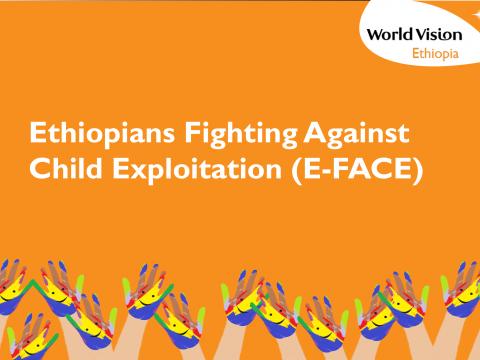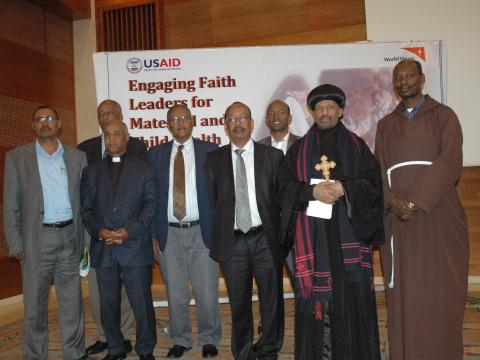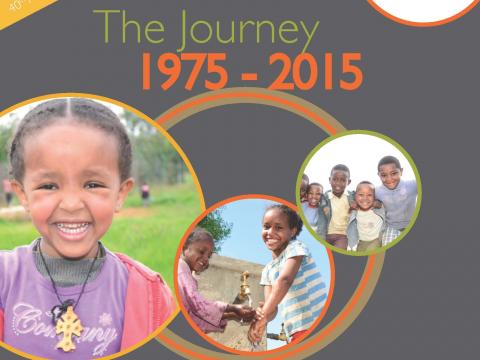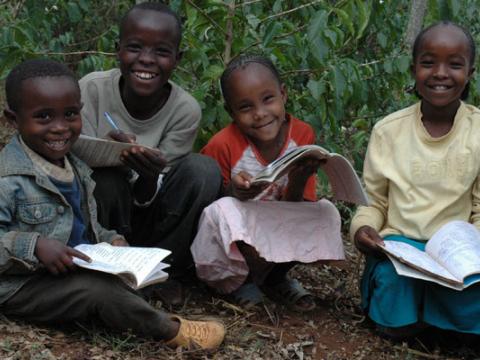Ethiopia - December 2018 Situation Report
Download- Deyr/Hagaya seasonal rainfall: The usual rain in October to December in southern pastoral areas has been below average, and has been also erratic in temporal and spatial distribution. Southeastern pastoral areas continue to recover from drought in 2016 and 2017 and will remain in Crisis (IPC Phase 3) through at least May 2019.
- Meher harvest: Meher harvests are generally average throughout much of the country. Over parts of eastern Oromia, southern Tigray, eastern Amhara, and northern SNNPR, however, rainfall was below-average, leading to reduced production. Stressed (IPC Phase 2) and Crisis (IPC Phase 3) outcomes are expected in affected areas, as well as in many northern pastoral areas . Some 8 million people are projected to continue to receive humanitarian assistance in 2019, requiring US$1.2 billion
- Intercommunal conflict impact on food security: While the country continues to respond to the needs of drought affected populations, large populations are also displaced by conflict throughout the country (at least 2.4 million). Areas where intercommunal clashes are having the most significant impact on food security outcomes include parts of Oromia, SNNPR, Somali, and Benishangul Gumuz regions.
- Benishangul Gumuz IDP rapid response plan: Humanitarian partners, together with Government, have finalized an operational plan which seeks US $ 25.5 million for a rapid response to address urgent life-saving needs of people displaced by inter-communal violence in Benishangul Gumuz region since late September 2018.
- Health and Nutrition: Prevalent of outbreaks of acute watery diarrhea (AWD), Measles and Yellow fever has been a pending public health problem in the month of December 2018. Cases of AWD and yellow fever show significant decline whereas new measles cases were reported from Somali, Addis Ababa, SNNPR and Amhara. For more information, read or download our December 2018 situaion report.



